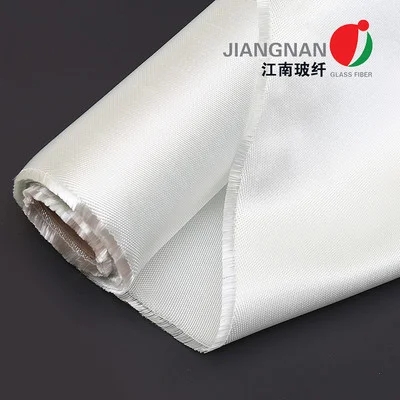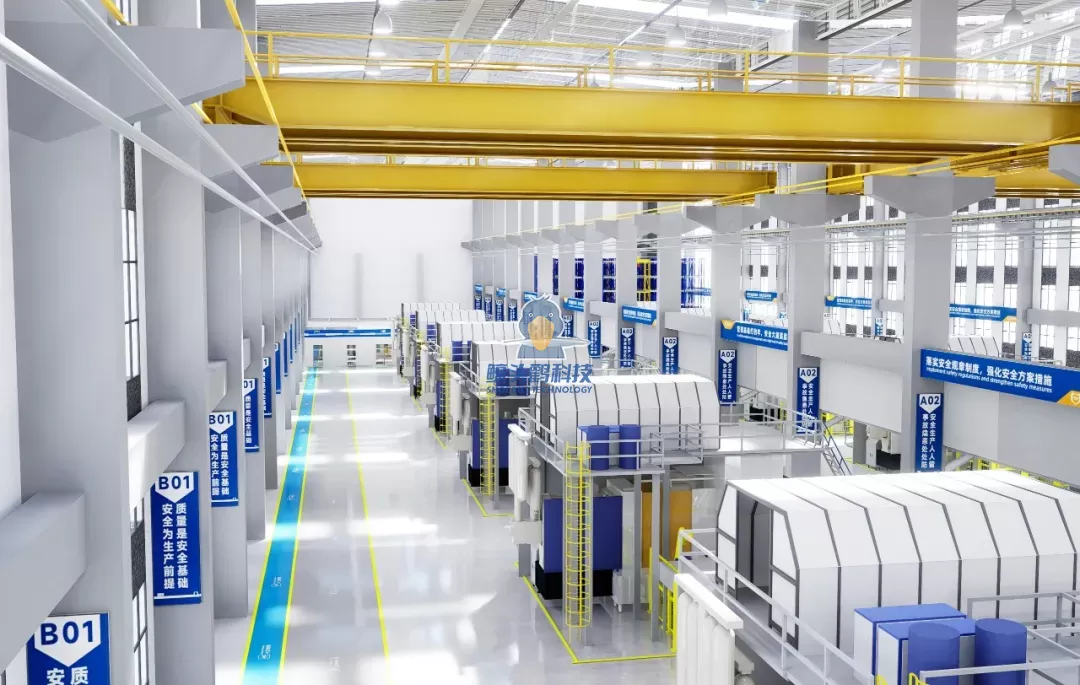In the realm of architecture and design, terminology often carries significant weight, influencing both the perception and functionality of structures. Among the most commonly misunderstood terms are façade and exterior. While they may seem interchangeable at first glance, a deeper exploration reveals nuanced differences that are crucial for architects, builders, and design enthusiasts alike. This article aims to dissect these terms, providing clarity and insight into their distinct roles within architectural discourse.
Understanding the Basics: Definitions
Façade
The term façade originates from the French word for face. In architectural terms, it refers specifically to the front or principal face of a building. The façade is not merely a protective layer; it is a carefully curated element that embodies the aesthetic, cultural, and functional intentions of the structure. It often includes windows, doors, and decorative elements that contribute to the overall visual impact of the building.
Exterior
Conversely, the exterior encompasses the entirety of a building's outer surface, including all sides and components that are visible from the outside. This term is broader and includes the façade, but also extends to roofs, walls, and any other external features such as balconies, terraces, and landscaping. The exterior serves as the first line of defense against environmental elements and plays a critical role in energy efficiency and sustainability.
Architectural Significance: More Than Just Aesthetics
The Role of the Façade
- Aesthetic Appeal: The façade is often the most visually striking aspect of a building. It is designed to create an impression, reflecting the architectural style—be it modern, classical, or eclectic. The choice of materials, colors, and textures in the façade can evoke emotions and set the tone for the entire structure.
- Cultural Expression: In many cases, façades serve as a canvas for cultural expression. They can incorporate local art, historical references, or innovative designs that resonate with the community's identity. For instance, the use of traditional motifs in a modern building can create a dialogue between the past and present.
- Functional Considerations: Beyond aesthetics, façades play a crucial role in the building's functionality. They can influence natural light penetration, ventilation, and thermal performance. Advanced façade systems, such as double-skin façades, enhance energy efficiency by providing insulation and reducing heat gain.
The Importance of the Exterior
- Structural Integrity: The exterior is fundamental to the building's structural integrity. It protects the internal components from weather-related damage, pests, and other external threats. The choice of materials for the exterior must balance durability with aesthetic considerations.
- Energy Efficiency: The exterior's design significantly impacts a building's energy performance. Insulation, window placement, and shading devices are all integral to minimizing energy consumption. A well-designed exterior can reduce heating and cooling costs, contributing to sustainability goals.
- Safety and Security: The exterior also plays a vital role in ensuring the safety and security of the occupants. Features such as secure entry points, adequate lighting, and visibility can deter crime and enhance the overall safety of the building.
The Interplay Between Façade and Exterior
While the façade is a critical component of the exterior, it is essential to recognize that the two are interdependent. A well-designed façade must harmonize with the building's overall exterior design to create a cohesive architectural statement. For example, a striking façade may draw attention, but if it is not supported by a robust and functional exterior, the building may suffer from performance issues.
Conclusion: A Distinct Yet Interconnected Relationship
In summary, understanding the difference between a façade and an exterior is vital for anyone involved in architecture and design. The façade serves as the face of the building, embodying its aesthetic and cultural significance, while the exterior encompasses all protective and functional elements. Recognizing these distinctions allows architects and builders to create structures that are not only visually appealing but also sustainable and functional.






